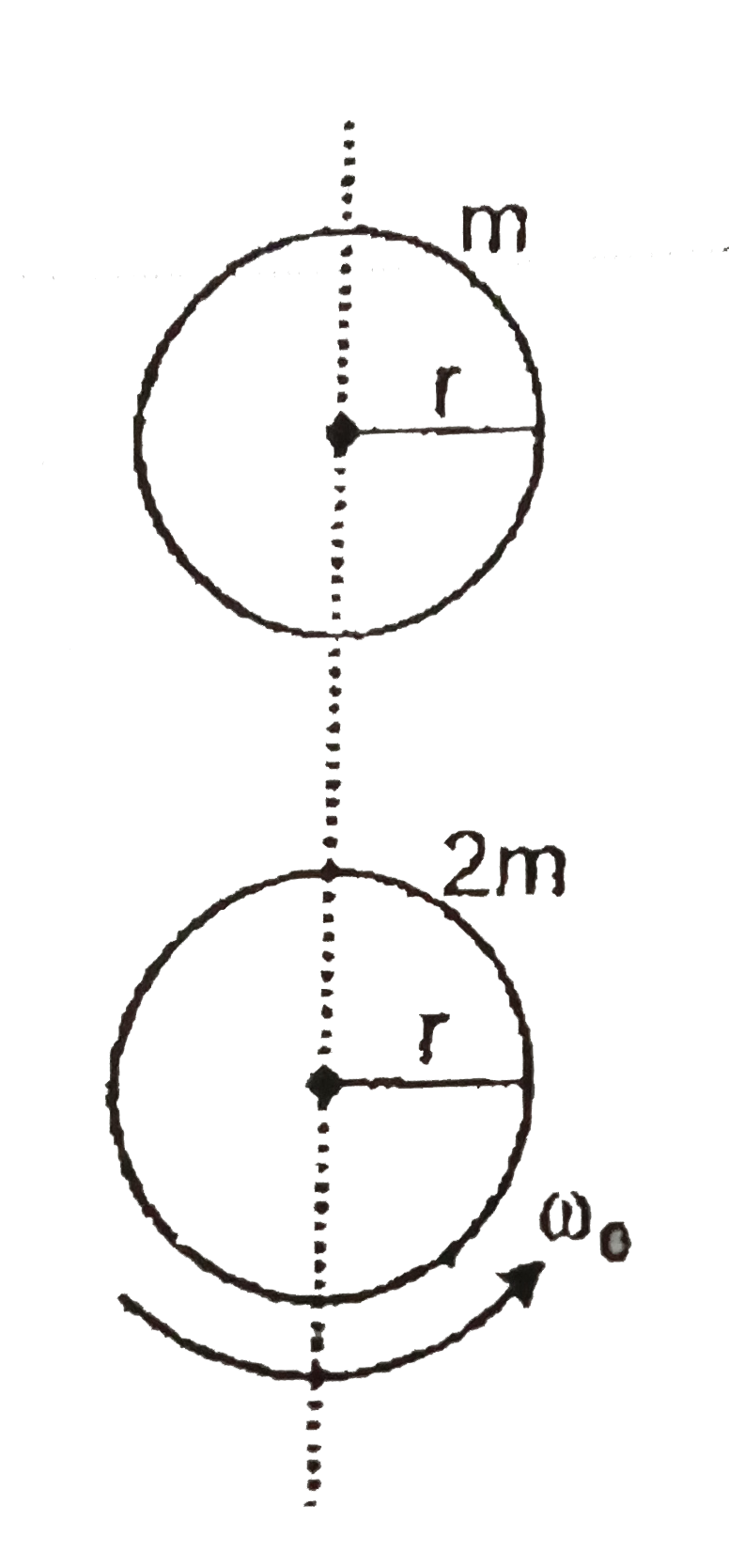An insect of mass m=3kg is inside a vertical drum of radius 2m that is rotating with an angular velocity of 5rads−1 . The insect doesn't fall off. Then, the minimum coefficient of friction required is

0.5
0.4
0.2
None of these
The correct Answer is:C
Step by step video & image solution for An insect of mass m=3kg is inside a vertical drum of radius 2m that is rotating with an angular velocity of 5rads^(-1) . The insect doesn't fall off. Then, the minimum coefficient of friction required is by Physics experts to help you in doubts & scoring excellent marks in Class 12 exams.
Topper's Solved these Questions
- BOOK - RESNICK AND HALLIDAYCHAPTER - CIRCULAR MOTIONEXERCISE - PRACTICE QUESTIONS(MORE THAN ONE CORRECT CHOICE TYPE)6videos
CIRCULAR MOTION
- BOOK - RESNICK AND HALLIDAYCHAPTER - CIRCULAR MOTIONEXERCISE - PRACTICE QUESTIONS(LINKED COMPREHENSION)2videos
CIRCULAR MOTION
- BOOK - RESNICK AND HALLIDAYCHAPTER - CIRCULAR MOTIONEXERCISE - PROBLEMS56videos
CIRCULAR MOTION
- BOOK - RESNICK AND HALLIDAYCHAPTER - CIRCUITSEXERCISE - Practice Questions (Integer Type)3videos
CIRCUITS
- BOOK - RESNICK AND HALLIDAYCHAPTER - CURRENT AND RESISTANCEEXERCISE - Practice Questions (Integer Type)3videos
CURRENT AND RESISTANCE
Similar Questions
A coin is placed at the edge of a horizontal disc rotating about a vertical axis through its axis with a uniform angular speed 2 rad s−1. The radius of the disc is 50 cm. Find the minimum coefficient of friction between disc and coin so that the coin does not slip. (Take g=10m/s2)
View SolutionA disc of mass m and radius r is gently placed on another disc of mass 2m and radius r. The disc of mass 2m is rotating with angular velocity ω0 initially.
The disc is placed such that axis of both are concident. The coefficient of friction is μ for surfaces of contact Assume that pressure on disc is uniformely distributed.

Angular velocity 'ω' when both discs start rotating together without slippingView Solution
Knowledge Check
- Question 1 - Select One
A body of mass 5kg is moving in a circle of radius 1 m with an angular velocity of 2 rad-s−1. The centripetal force acting on the body is
A10 NB20 NC30 ND40 N - Question 2 - Select One
A body of mass 5 kg is moving in a circle of radius m 1 with an angular velocity of 2 radian/sec . The centripetal force is
A10 NB20NC30 ND40 N - Question 3 - Select One
A homogeneous disc of mass 2 kg and radius 15 cm is rotating about its axis with an angular velocity of 4 rad/s. the linear momentum of the disc is
A1.2 kg m/sB1.0 kg m/sC0.6 kg m/sDzero
A soild cylinder of mass 2 kg and radius 0.2 m is rotating about its owm axis without friction with an angular velocity of 3 rad s−1 . Angular momentum of the cylinder is
View SolutionA disc of mass 2 kg and radius 0.2 m is rotating with angular velocity 30rad s−1. What is angular velocity, if a mass of 0.25 kg is put on periphery of the disc ?
View SolutionA disc of mass 2 kg and radius 0.2 m is rotating with angular veocity 30 rad s−1. What is angular velocity, if a mass of 0.25 kg is put on periphery of the disc?
View SolutionA body of mass 10 kg is moving in a circle of radian 1 m with an angular velocity of 2rad/s the centripetal force is
View SolutionA ring of radius 0.5 m and mass 10 kg is rotating about its diameter with angular velocity of 20 rad/s. Its KE is :-
View Solution

